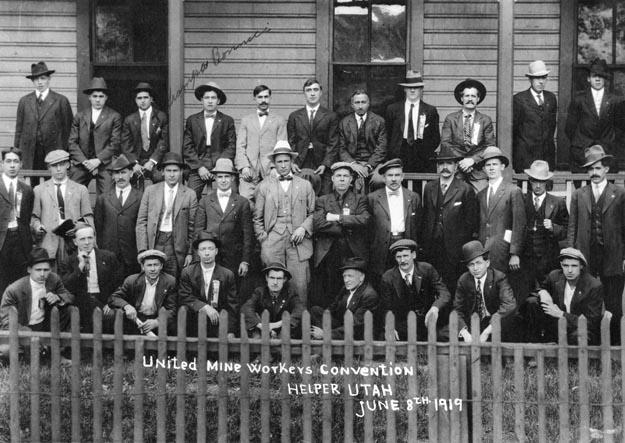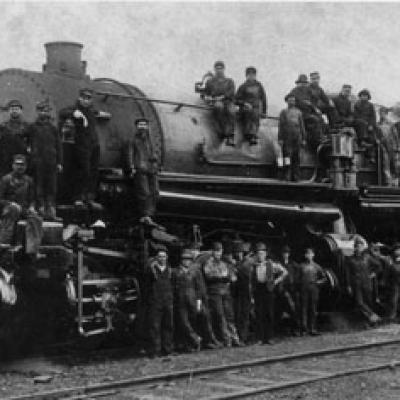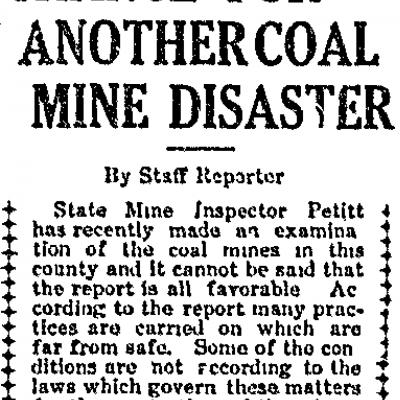Mine Disasters
It might not come as a surprise that the mining industry today is one of the most dangerous industries on the planet; only several years ago in 2010, the Chilean mining accident captivated the world when 33 miners were buried alive following a tunnel collapse. Incidents like this are uncommon thanks to numerous safety systems put in place to protect miners from such perils. However, the mining industry a century ago was not as concerned with safety as it is today, nor did they have adequate technology to prevent catastrophes.
Carbon County in particular suffered one of the worst mining disasters the United States has ever seen, still ranking among the top ten deadliest mining incidents ever experienced in the country. The Castle Gate Mine was operating as per usual on March 8th, 1924 when a sudden explosion from a deep chamber ripped through the mine. The initial blast was caused by explosive coal dust which killed dozens of miners and trapped many more. The survivors, in trying to relight their lamps, set off two subsequent explosions. Ultimately, the three violent explosions and ensuing poisonous gas killed all 171 men working in the mine. Well over half of those killed in the disaster were immigrants who had come to Utah from outside the U.S., leaving many families robbed of fathers and husbands who provided much of the income needed to survive.
AS: Oh he was in there , we knew it .
NT: Oh you did?
AS : Yes.
NT : But did you know if he had been killed or not?
AS : Well they kept saying there is a few alive and then we would wait and the women would stand there and wait for them, and they said they all dead. No one survived.
This was not the first incident to plague Carbon County; a couple decades earlier in Scofield, Utah, another explosion claimed the lives of well over 200 miners. Again, both combustible coal dust and the poisonous gases produced by these explosions formed a deadly combination. The town of Scofield was so unprepared for the incident that caskets had to be shipped in from as far off as Denver to accommodate all of the bodies retrieved from the mine. Again, the vast majority of the casualties were immigrant workers, and mining communities across the county would feel the pains of such losses for many years to come.



